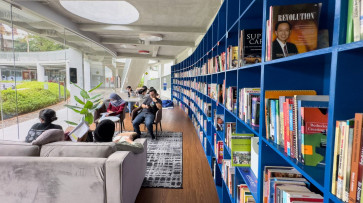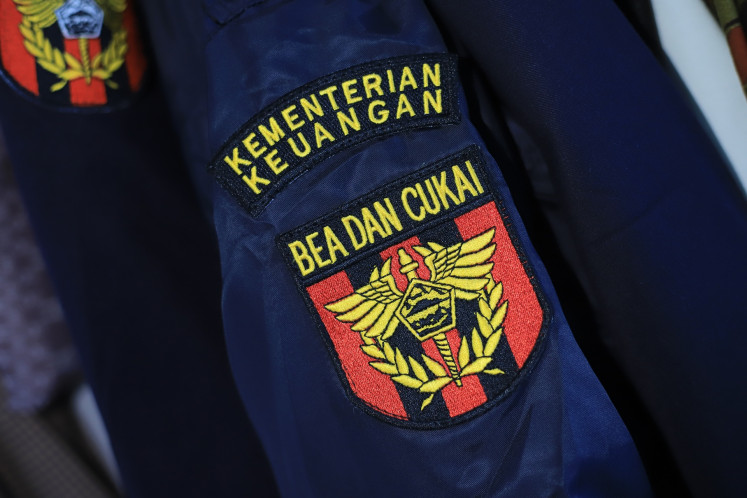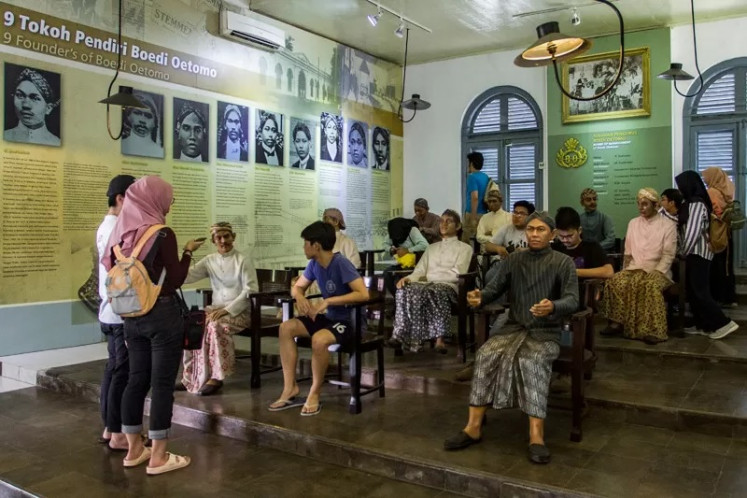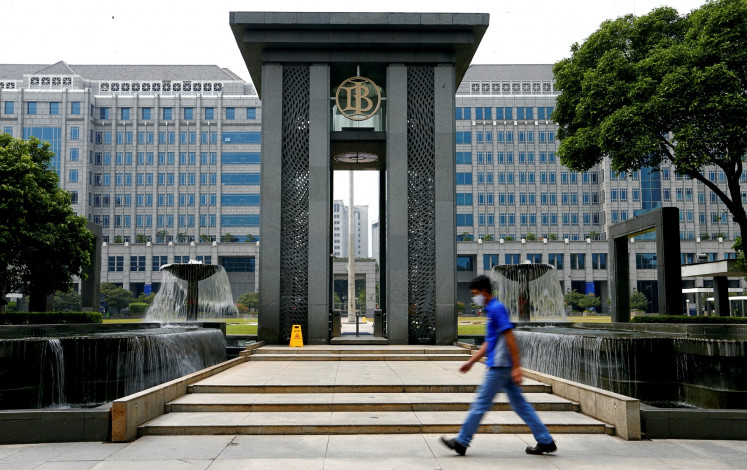Visiting Grobogan's geologic destination of Bledug Kuwu
Change text size
Gift Premium Articles
to Anyone
 These explosions occur every two to three minutes and became more active in the morning and evening. (JP/Stefanus Ajie)
These explosions occur every two to three minutes and became more active in the morning and evening. (JP/Stefanus Ajie)
T
hose visiting Bledug Kuwu in Grobogan regency, Central Java, can expect to marvel at a vast grey land that is so dry there are cracks everywhere.
This unique destination is located alongside Jl. Raya Wirosari, a provincial road that connects the city of Purwodadi in Central Java with Blora and Cepu.
Just wait for a moment and the grey soil will rumble, followed by an explosion of mineral mud from inside the Earth. The methane gas underground propels the mud up to 2 meters high. These explosions occur every two to three minutes and became more active in the morning and evening.

Bledug Kuwu is known as a volcanic mud, a geological activity in the form of a mud crater that keeps on spouting material and gas from the Earth's belly. Similar locations can be found across Grobogan, such as in Cungkrik village and Kesongo Forest.
Bledug Kuwu's unique phenomenon has attracted domestic visitors from inside and outside the regency, such as from Semarang, Surakarta and Purwodadi, although as a tourist attraction it still lacks the necessary facilities. However, the locals have been able to gain benefit from it by opening warung (small food stalls), selling souvenirs, or becoming tourist guides, such as Khudori, who has been helping visitors explore the area since the 1970s.
Read also: Welcome to Sumatra, Indonesia's next-best surfing destination

Salt farmers can also be found in Bledug Kuwu, having been around for dozens of years. They are said to have gained the knowledge of finding salt in Bledug Kuwu's muddy water from their parents and grandparents.
Every day, these farmers have to struggle with muddy ground and the sun's heat, gathering water found within the swamps surrounding the location. They store the water inside kendil (pots) and evaporate it above bamboo sticks, forming salt deposits. Once an hour, the farmers wet the bamboo using a brush made of hay and continue to do so until the sun sets. If the weather is friendly, this process will take two to three days, resulting in about 20 kilograms of salt for each farmer.

One farmer, Satiyem, says that salt from Kuwu is of good quality. "Salt from other regions is usually priced at between Rp 3,000 (less than 50 cents) and Rp 5,000 per kilogram, while the salt from Kuwu can cost Rp 10,000," she said, adding that the salt was popular among merchants from Semarang, Cepu, Sragen and Purwodadi.
Besides being a source of salt, Bledug Kuwu's mud is also said to have healing powers, especially for skin diseases and skin beauty treatment. (kes)






